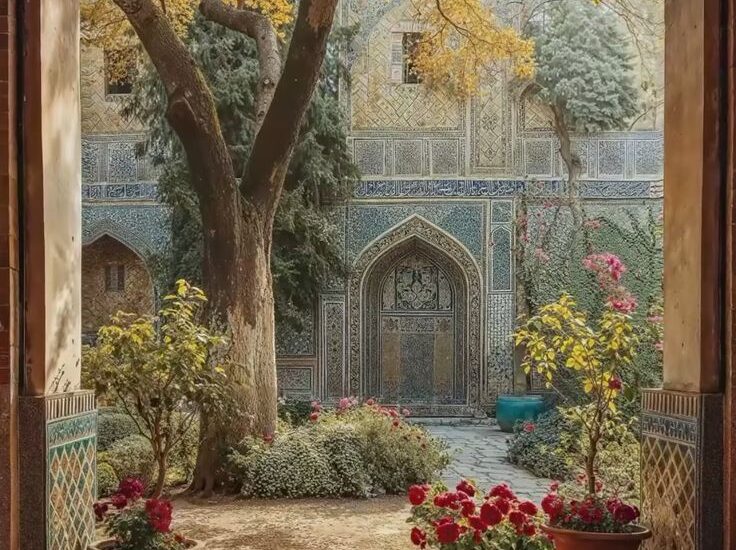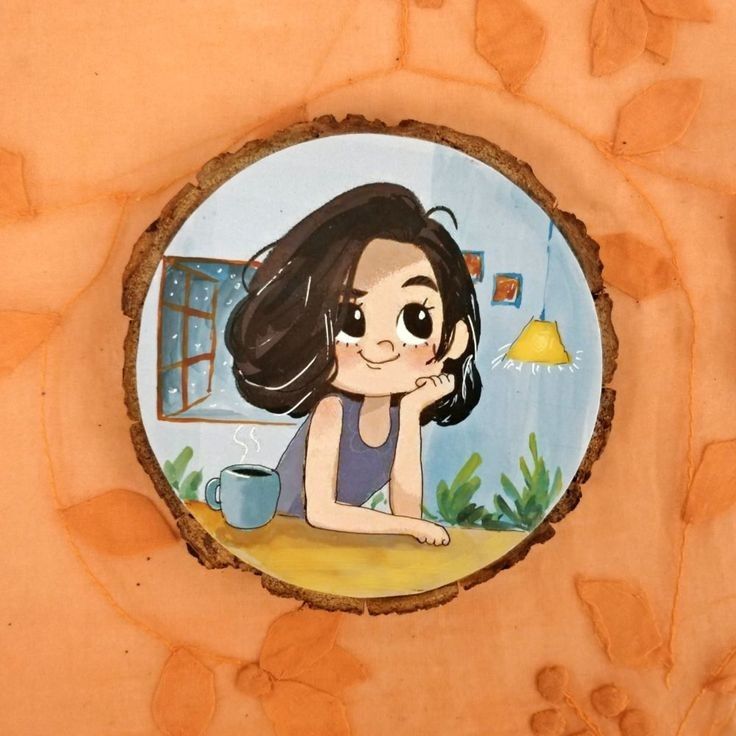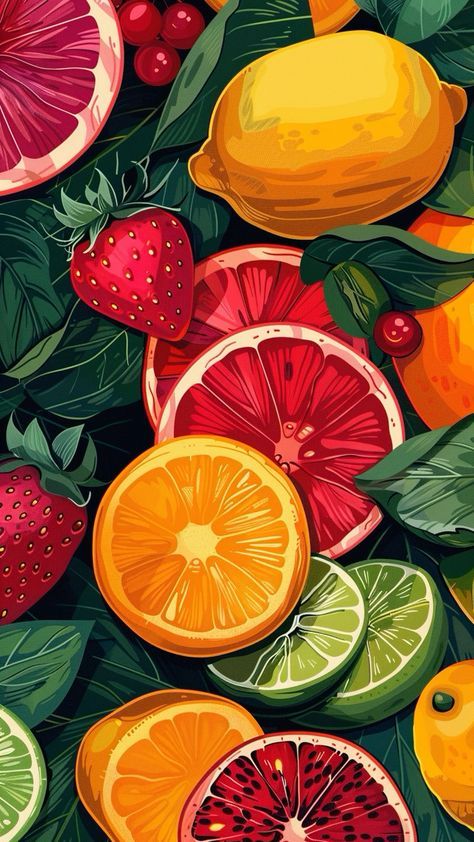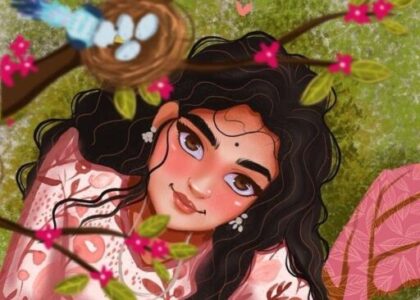Explore Creativity Through Indian Artwork
Creativity extends beyond mere artistic production—it encompasses how we solve problems, narrate stories, and perceive the world. In today’s rapidly evolving digital era, creativity has emerged as a crucial skill across various industries. One culture that has consistently embraced creativity throughout the centuries is India. Indian artwork, with its vibrant diversity, epitomizes this creativity. From temple carvings to tribal murals, Indian art provides a timeless insight into how humans convey ideas, emotions, and identity through colors, patterns, and symbolism. In this blog, we will explore different forms of Indian artwork and examine what they can teach us about fostering creative thinking in the modern world.
Understanding Creativity: A Cultural Lens
When discussing creativity, it is often associated with Western ideals—individualism, innovation, and pushing boundaries. However, in India, creativity has always held a deeper meaning. It is not merely about invention; it is a sacred practice rooted in spirituality, community, and storytelling Indian culture, creativity flows through generations, not as a personal talent but as a shared legacy. Indian mythology celebrates creators like Wati, the goddess of knowledge, music, and the arts, and Vishwakarma, the divine architect who built palaces for the gods. These figures illustrate how creativity is regarded as divine, meaningful, and purposeful.
Throughout centuries, this belief system has shaped how Indians express themselves. From the geometric precision of rangoli patterns during festivals to the fluid lines of henna art during weddings, creativity is an integral part of everyday life. These expressions are not merely decorative—they symbolize joy, protection, and connection.
This is where Indian artwork stands out. Whether it is tribal paintings, temple carvings, or classical murals, each piece represents a moment in time, a story, or a belief. This collective form of creation reflects shared experiences and values—unlike much of the solitary creative work often seen in the West.
In today’s world, this cultural lens can be seen influencing modern tools. With the rise of digital art, Indian creators are using apps like Procreate, Adobe Illustrator, and AI-based tools to reinterpret traditional styles. While the medium changes, the intention remains rooted in heritage. Digital artists often combine ancient motifs with modern storytelling to bridge the past and the future.
By understanding this cultural approach to creativity, we gain more than inspiration—we acquire a new way of thinking. One that values depth over speed, meaning over novelty, and community over ego. Indian artwork becomes not just a visual treat but a blueprint for a creative mindset that honors both tradition and innovation.
Indian Artwork as a Timeless Creative Expression
Indian artwork is more than visual beauty—it’s a living archive of India’s culture, beliefs, and imagination. For centuries, Indian artists have turned walls, fabrics, scrolls, and temples into canvases that tell stories of gods, nature, and daily life. Despite changes in time and tools, the spirit behind these art forms has remained unchanged.
Let’s explore a few iconic styles that continue to define India’s creative heritage:
Madhubani Art: Originating from Bihar, Madhubani is known for its vibrant colors, symmetrical borders, and mythological themes. Traditionally done with fingers, twigs, and matchsticks, artists now recreate this style using digital art tools, preserving its essence while making it accessible to global audiences.
Warli Art: This tribal art from Maharashtra is minimalist and powerful. It features white stick figures dancing, farming, or celebrating life, all painted on mud walls. Today, Warli art is being reimagined on digital canvases and used in branding, product design, and even NFTs—proving that Indian artwork adapts with time.
Tanjore Paintings: These classical South Indian artworks are famous for rich colors, religious themes, and gold leaf detailing. Originally used to decorate temples, Tanjore paintings are now available as digital art prints, blending old craftsmanship with modern convenience.
Gond Art: Practiced by the Gond tribe of Central India, this style uses dots, dashes, and flowing lines to depict animals, folklore, and daily village life. Contemporary artists like Bhajju Shyam have brought Gond art to the world stage, including digital adaptations in children’s books and animated visuals.



